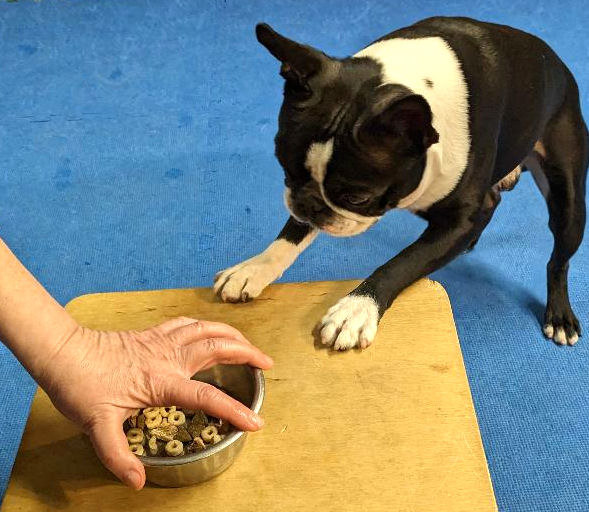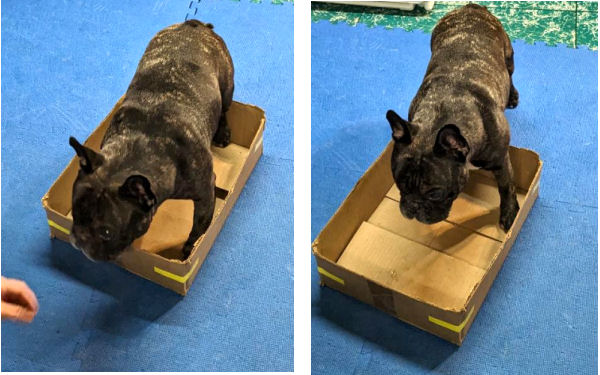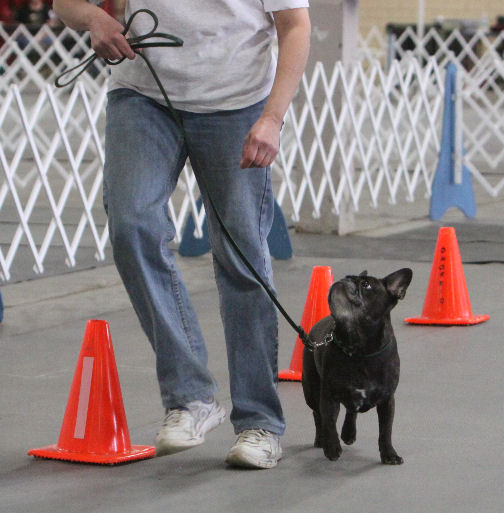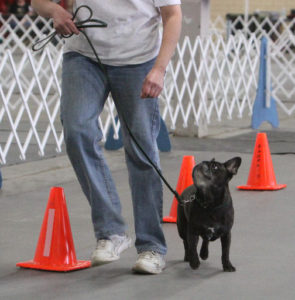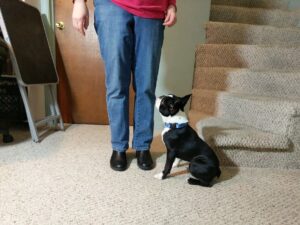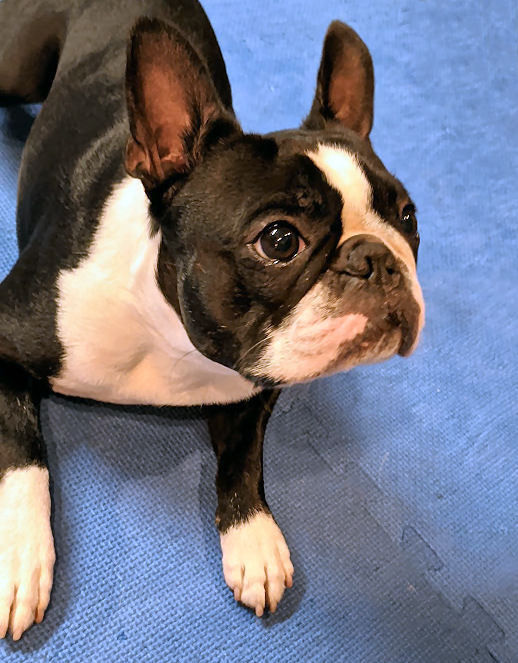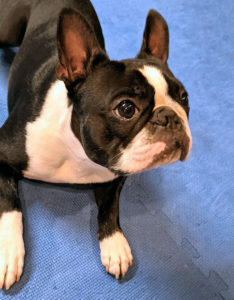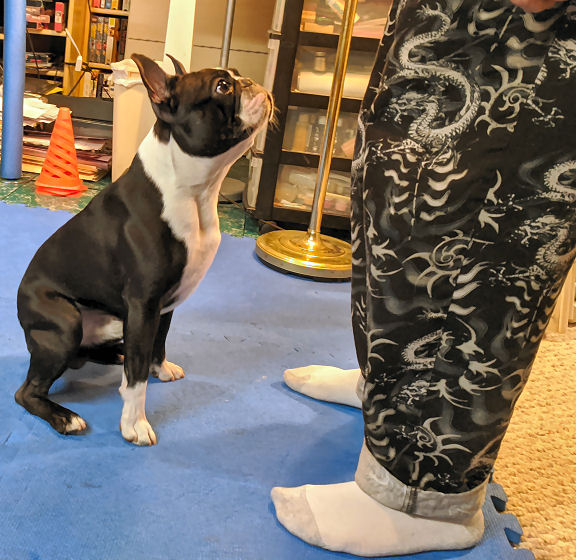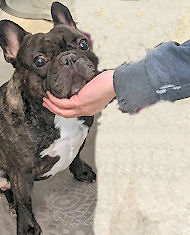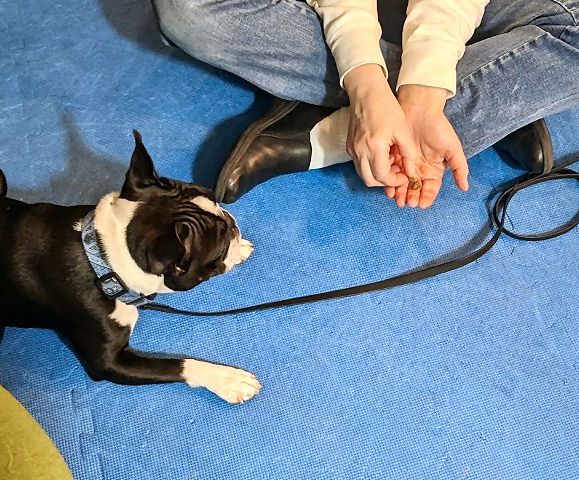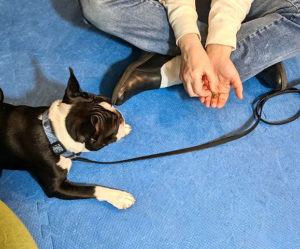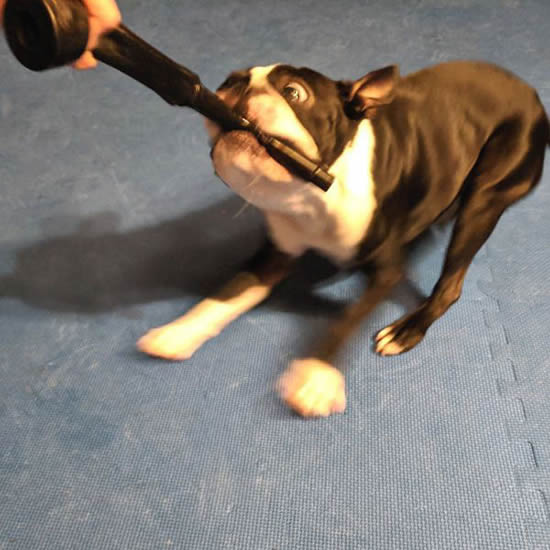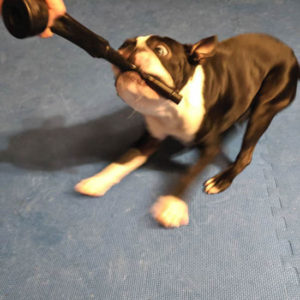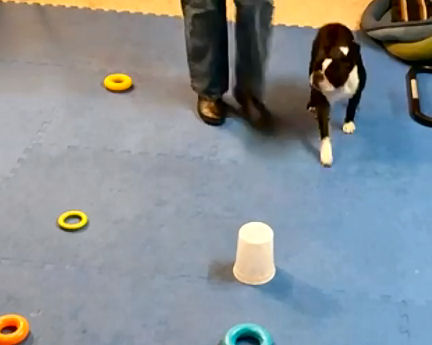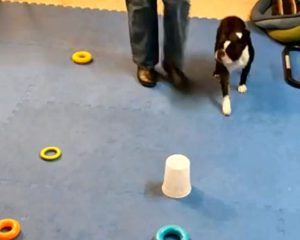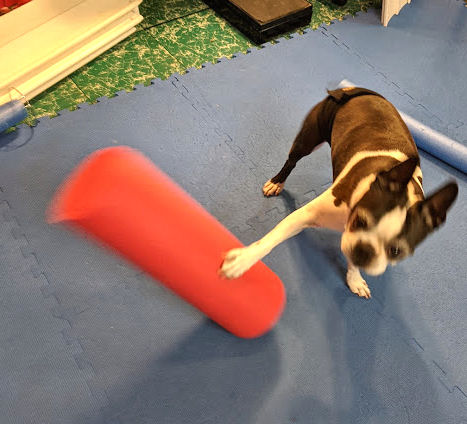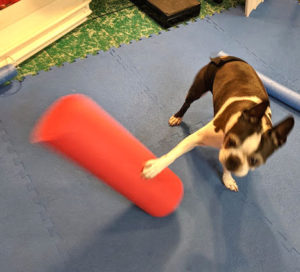“Off!” is a difficult concept for dogs to grasp. It’s not a specific action, like “Sit!” and it’s used in all sorts of situations, like when they jump on people, put their paws on the kitchen counter, or even start humping something. We humans use the word in all sorts of scenarios, although it means the same thing to us. Here’s how to teach your dog “Off!”
Dogs don’t understand that a single word can have multiple meanings. Remember that dogs are specific and don’t generalize. If someone uses “Down!” when a dog is jumping on them, instead of “Off!,” it can confuse the dog. To clarify things for your dog, use “Down!” for lie down, and “Off!” for get off of something.
And then, once your dog starts to understand what “Off!” means, you have to expand it to all sorts of things – the person, the table, the chair, the counter. Whatever your dog gets on, needs reinforcement for “Off!”
It can be done
Now that you understand how big training “Off!” can be, it’s time to start very small. For this game you’ll need treats that are irresistible to your dog, a small bowl you can cover with your hand, and lots and lots of patience.
Try your best not to use “Off!” as a command until your dog has some idea what it means. Dogs are capable of understanding hundreds of words, if they’re clearly defined and consistently used. But you’re just wasting your breath and confusing your dog if you use a command they don’t know.
One of our instructors had a rule about that. You couldn’t use a command unless you’d bet a paycheck that your dog knows it and would do it. If you’re not sure, stay quiet.
Step one
Place the bowl with the incredibly good treats on the seat of a chair, a stool, or any stable solid surface that your dog can reach by standing on their hind legs. Keep the bowl covered with your hand so the dog can’t get any treats. If the treats are good enough, your dog will put front paws on the chair seat. Don’t say anything. Wait.
Just wait.
Keep waiting.
Your dog is going to paw at the bowl, snuffle at your hand, scratch the surface the bowl is on, pull out every trick they have to get those treats. Don’t say anything. Don’t do anything. Just wait.
Eventually, the dog will get tired of things that don’t work and get off the chair. IMMEDIATELY say “Good Off!” and let them know they’re clever, good, genius dogs. Without uncovering the bowl, reach in and give your dog a treat. As long as they stay “Off!” keep praising and rewarding that wonderful “Off!” Now is the time to use the word, when they’ve just done it and continue to do it.
If your dog is like most, when they get a treat they’ll hop back up and try to get more. As soon as their paws leave the ground, be quiet and wait. The time it takes for the dog to get “Off!” should be shorter the second time. As soon as they’re off, continuously praise and reward. Be sure to use the word “Off!” frequently to teach them the word. The association between the action and the word has to be immediate.
Be patient and consistent
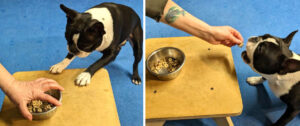
Try to sustain the behavior. The last thing you want to create is a “jack-in-the-box,” constantly hopping up and sitting down. The way to teach your dog “Off!” is to deliver multiple rewards, one at a time, as long as the dog has four paws on the floor. Most people neglect this step and wind up with a one-and-done dog, when they get the treat they think they’re done with the behavior.
That’s it for the first session. The second time you play “Off!” your dog will probably be much faster to get with the program. When you hit a game session where, as soon as you put the bowl on the seat (or before!) your dog sits, you’re getting there. That’s the time to take your game elsewhere. Use the same method with the bowl on a different chair, on a table, on the kitchen counter. Play exactly the same way. This is how to teach your dog “Off!”
The ultimate step is to be able to hold the bowl at your waist or higher. If your dog doesn’t jump on you to get the treats, you’re getting there! Now you can use the word “Off!” preemptively to keep your dog politely on the floor. Play the “Off!” game wherever, and with whoever, your dog was likely to jump.

